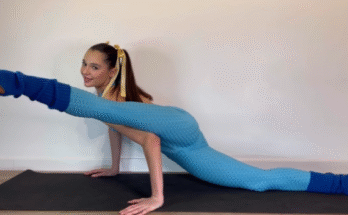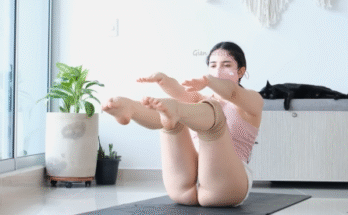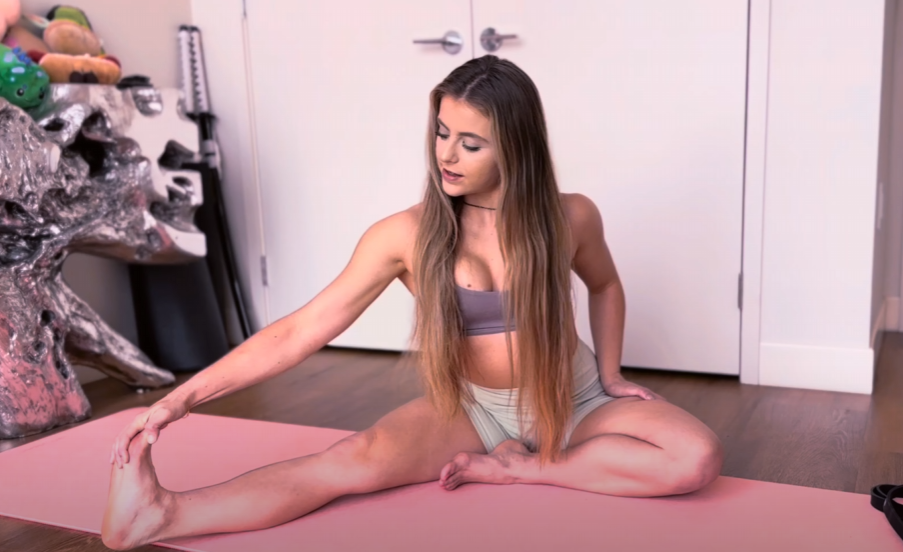
Extreme stretching, handstands, and flexibility flows have become a growing passion for fitness enthusiasts, yogis, dancers, and athletes worldwide. This dynamic combination is not only visually impressive but also builds strength, control, and resilience in the body. Whether your goal is to master an elegant backbend, balance confidently upside down, or move gracefully through a seamless flow, the journey toward flexibility and balance offers endless rewards for both the body and mind.
In this article, we will explore what extreme stretching means, why handstands and flexibility flow are powerful practices, and how you can train safely to unlock new possibilities in your movement practice.
The Power of Extreme Stretching
When people hear the word “extreme stretching,” they may picture contortionists or circus performers bending their bodies into seemingly impossible shapes. While it can reach that level, extreme stretching is simply the practice of pushing flexibility beyond the ordinary limits of traditional stretching.
Extreme stretches typically involve:
- Deep hip openers (like middle splits or lotus pose progressions).
- Backbends (such as wheel pose, chest stands, and bridge variations).
- Shoulder mobility drills that prepare the arms for overhead extensions.
- Hamstring lengthening exercises that support splits and inversions.
The benefits go beyond flexibility. Deep stretching enhances circulation, reduces muscular tension, increases range of motion, and prepares the body for complex skills like handstands.
However, extreme stretching should never be rushed. The body needs consistent training and gradual progression to prevent injuries. Flexibility is best developed through a mix of active stretches (where muscles engage as they lengthen) and passive stretches (where you relax deeper into a position with support).
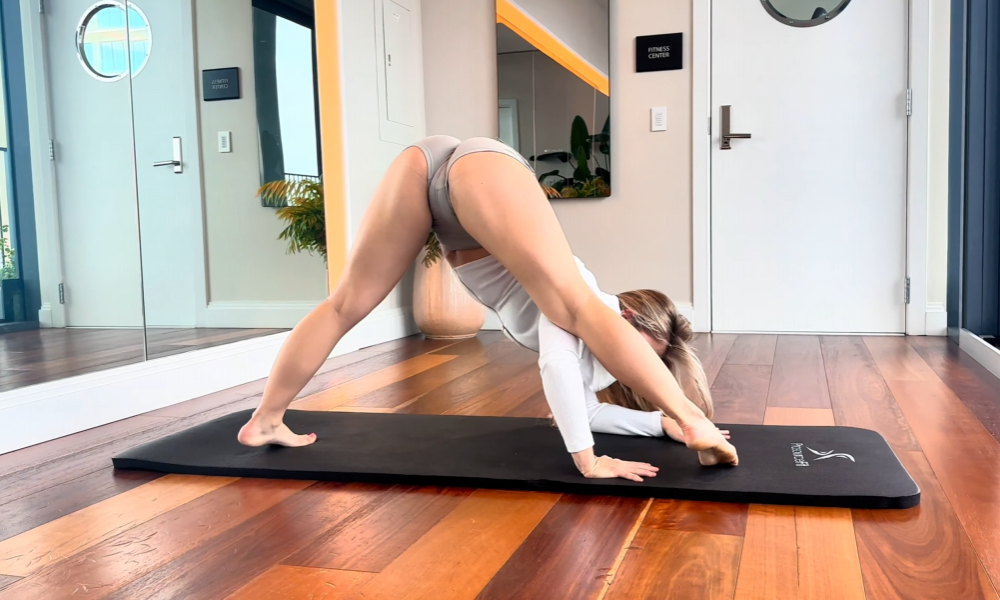
Handstands: Strength Meets Balance
Handstands are often considered one of the ultimate displays of body control. Balancing upside down requires not only arm and shoulder strength but also strong core stability, wrist conditioning, and mental focus.
Benefits of Handstand Training:
- Upper Body Strength – Pushing your body’s weight through your shoulders, arms, and wrists builds strength like no other.
- Core Power – A solid handstand depends on a tight, engaged midsection, which strengthens abs and obliques.
- Balance & Coordination – Learning to balance upside down improves proprioception, the body’s awareness of itself in space.
- Confidence & Mental Discipline – Standing on your hands requires patience and persistence. Each small victory boosts self-belief.
Beginners can start by practicing wall-supported handstands or even “L-shape” drills where the feet rest on the wall. Over time, with consistent wrist warm-ups and shoulder conditioning, balance improves, and freestanding handstands become possible.
Handstands and extreme stretching actually go hand in hand: a flexible spine, open shoulders, and hamstrings allow for advanced variations such as handstand splits, hollowbacks, and scorpions.
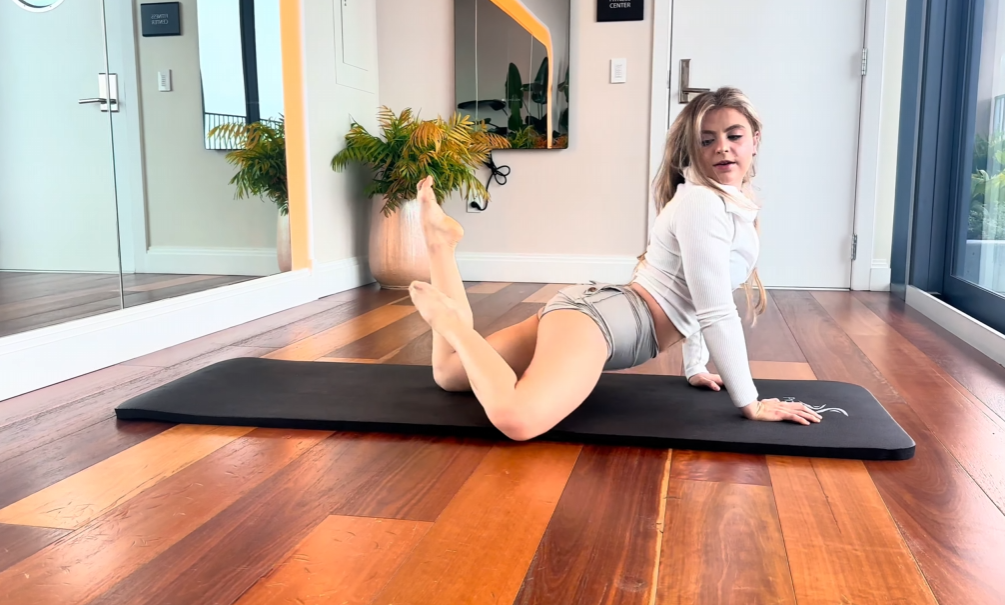
Flexibility Flow: The Bridge Between Strength and Grace
Flexibility flow refers to sequences that blend stretching, mobility, and strength exercises into smooth, continuous movements. Instead of holding static stretches, practitioners transition from one position to the next, creating a flow of energy and breath.
For example, a flexibility flow might begin with a deep lunge, transition into a split, roll into a backbend, and then rise into a handstand entry. The flow aspect makes stretching feel more like a dance and less like a rigid workout.
Why Flexibility Flow is Effective:
- It keeps the body warm and mobile.
- It prevents stiffness from long static holds.
- It improves coordination and body awareness.
- It allows for creative expression in movement.
Dancers, yogis, and martial artists often use flexibility flows to link strength, mobility, and artistry together.
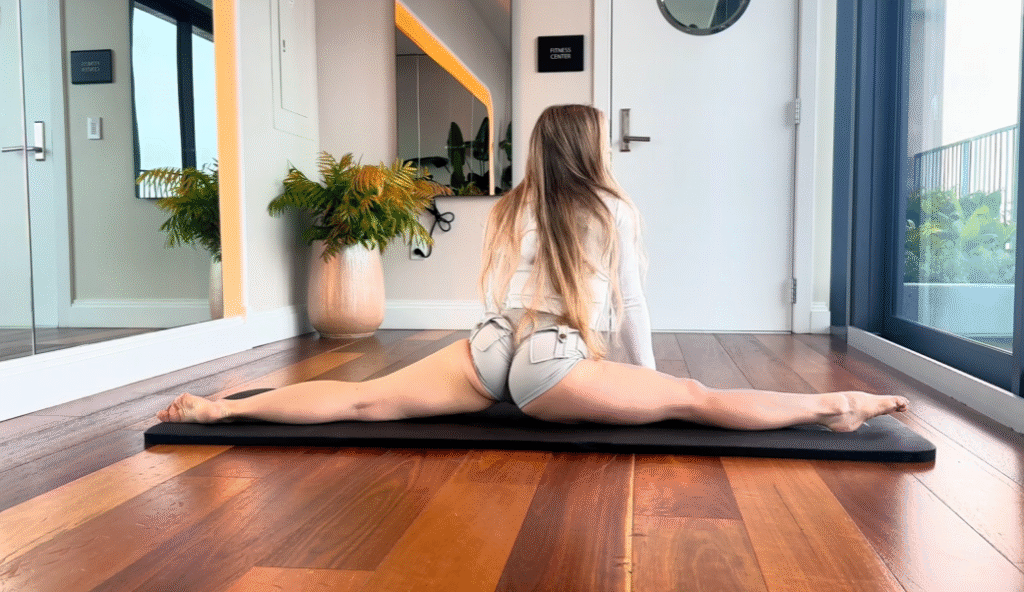
Training Tips for Extreme Stretching & Handstands
If you are inspired to dive into this world of flexibility and balance, here are some training principles to follow:
1. Warm Up Properly
Never attempt extreme stretches or handstands with cold muscles. Begin with light cardio, joint rotations, and dynamic stretches to prepare your body.
2. Train Consistently, Not Aggressively
Flexibility and balance are built over months of steady practice. Pushing too hard in one session can lead to injuries. Small daily or every-other-day practice yields better results.
3. Focus on Active Flexibility
Don’t rely only on passive stretches where gravity pulls you deeper. Train active flexibility by engaging muscles while lengthening. For example, lift your leg into a standing split without using your hands for support.
4. Build Wrist and Shoulder Strength
Handstands place a huge demand on these areas. Include wrist push-ups, scapula shrugs, and shoulder openers to build resilience.
5. Use Progressions
Start with wall handstands, supported bridges, and partial splits. Over time, move toward freestanding handstands, chest-to-floor stretches, and deep backbends.
6. Listen to Your Body
Discomfort is normal when stretching deeply, but sharp pain is a warning sign. Always respect your body’s limits.
Sample Extreme Stretching & Flexibility Flow
Here’s a simple flow you can try at home:
- Cat-Cow (1 minute) – Warm up the spine.
- Low Lunge with Side Stretch (30 seconds per side) – Opens hips and obliques.
- Half Split Pose (30 seconds per side) – Stretches hamstrings.
- Bridge Pose (5 breaths) – Engages the back and shoulders.
- Wall-Assisted Handstand Kick-Ups (5 reps) – Builds confidence upside down.
- Straddle Forward Fold (1 minute) – Deep hip opening.
- Seal Stretch or Cobra Pose (5 breaths) – Strengthens backbend ability.
- Flow Transition: Split → Backbend → Handstand Entry – For advanced practitioners, link movements into one graceful sequence.
This short routine builds heat, opens flexibility, and primes your body for deeper progressions.

Mindset: Patience and Playfulness
One of the most overlooked aspects of extreme stretching and handstand training is mindset. Progress may feel slow, especially when compared to strength training where results are visible quickly. Flexibility gains can take weeks or even months to notice. Handstand balance can take years to refine.
Instead of chasing perfection, adopt a playful approach. Every small improvement—holding a handstand for two seconds longer, folding an inch deeper into a stretch, or flowing through a sequence with more grace—is a victory. Celebrate progress, however small.
The Connection of Body and Mind
Extreme stretching, handstands, and flexibility flows are not just about aesthetics. They develop a strong mind-body connection. Inversions like handstands shift your perspective, forcing you to focus and stay present. Flexibility flows teach you to breathe through discomfort and move with grace. Extreme stretches challenge patience and discipline.
Together, they create a holistic practice that builds not just strength and mobility but also resilience, creativity, and mindfulness.
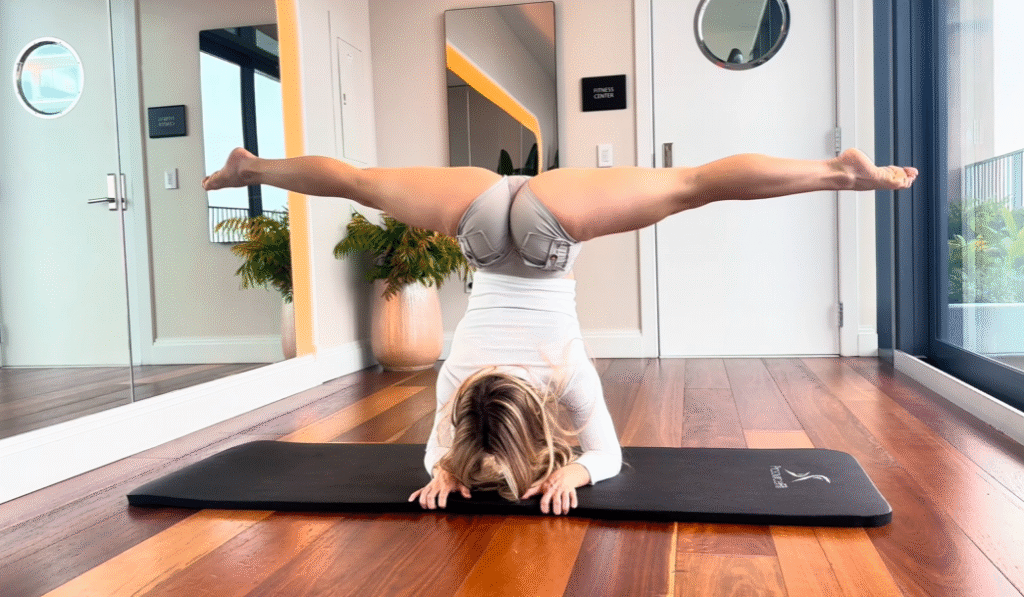
Conclusion
Extreme stretching, handstands, and flexibility flows may look intimidating at first glance, but they are accessible to anyone willing to dedicate time, patience, and effort. These practices unite strength, balance, and mobility, offering a unique path toward physical mastery and personal growth.
Whether you are a beginner holding your first bridge pose, an intermediate student working on your splits, or an advanced practitioner flowing into elegant handstand variations, the journey itself is where the magic lies. With consistent training, mindful practice, and a playful spirit, your body will surprise you with how much it can achieve.
So, roll out your mat, warm up your body, and dive into the adventure of extreme stretching, handstands, and flexibility flow.

